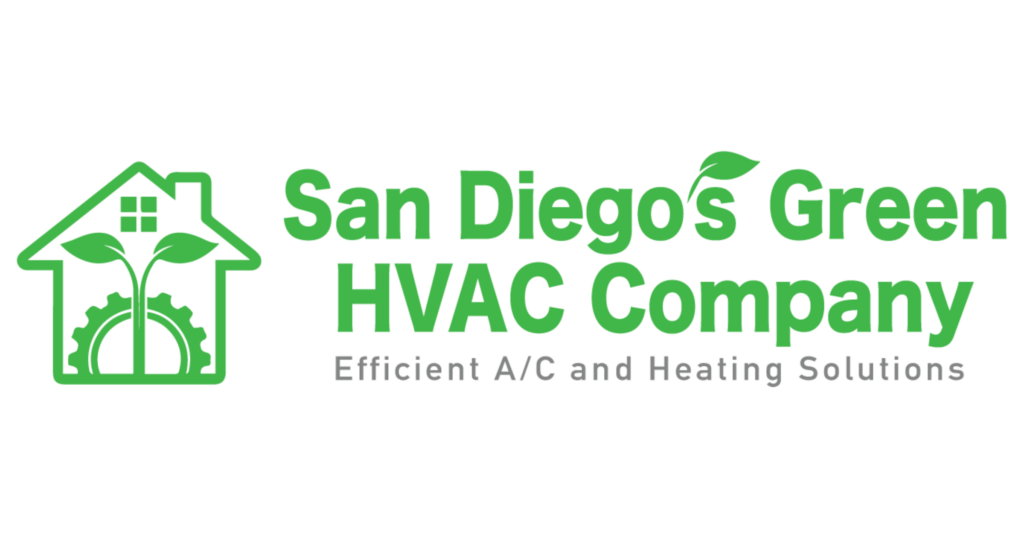A Cozy Home and Chilly Office: Our HVAC Installation Experiences

Heating and cooling systems can be found in just about every modern home, office, and public building, and with good reason. These systems maintain safe and comfortable indoor environments year-round in a world where fluctuating temperatures are becoming increasingly normal.
For some companies, providing HVAC services isn’t just a matter of keeping clients comfortable but also helping to reduce their carbon footprint. Heating and cooling companies that are committed to green practices don’t just help to solve the root problem instead of treating only its symptoms. They also have unique installation experiences with products designed to minimize environmental impact while simultaneously maximizing comfort.
Residential Systems
Residential HVAC installations are typically pretty simple, although the process varies depending on whether homeowners want traditional central air systems, ductless mini-split air conditioning, or heat pumps. The process always starts with a consultation because even the most skilled HVAC contractor won’t be able to help their clients make the right decision about how to heat and cool their homes without knowing a few things first. Homeowners will need to provide information about:
- The size of their homes.
The family’s typical heating and cooling needs.
The home’s current HVAC system.
Skilled HVAC contractors know that there is no one right solution for heating and cooling a home in a way that’s beneficial to both the environment and families’ budgets. They’ll evaluate the situation and then let homeowners know about the full range of their options.
Energy-Efficient Air Conditioners
The first option is to install an Energy Star-certified air conditioner. The newest models are remarkably efficient, offering higher SEER and EER ratings than standard air conditioners and efficiency improvements of up to eight percent.
Ductless Mini-Split Air Conditioners
Ductless mini-split air conditioners are both efficient and attractive. Instead of the large outdoor units and bulky indoor ductwork associated with even Energy Star-certified central air systems, they have discreet outdoor units attached via small pipes to up to four indoor air handlers.
Heat Pumps
Despite the name, heat pumps can be used year-round. In the winter, they draw in heat from the air, water, or ground outside the home and transfer it indoors. In the summer, the process is reversed and the heat pump draws the heat in from the indoor environment and removes it to the outside.
Commercial Systems
As with residential HVAC, there are multiple options for heating and cooling commercial buildings. However, because these buildings are much larger and have greater heating and cooling needs, the available options are a little different.
Split Systems
Commercial split-system HVAC comes in two forms. Single-split systems are most suitable for smaller commercial spaces and work like central air. Multi-split systems operate like residential ductless mini-splits and are better for larger buildings.
VRV or VRF
Variable refrigerant volume (VRV), also known as variable refrigerant flow (VRF) systems are best for mid-sized to large commercial spaces. They feature one condenser that can be used for multiple evaporators and can be run off of either heat pumps or heat recovery systems.
CAV and VAV
Constant air volume (CAV) and variable air volume (VAV) are similar commercial systems. Both use compressors, but the first is better for maintaining constant temperatures, while the second can be more easily varied.
Find an Experienced Contractor
Whether they own homes or commercial spaces, property owners shouldn’t settle for less than the best. They should find HVAC contractors who are committed to providing a full range of environmentally-friendly services.







